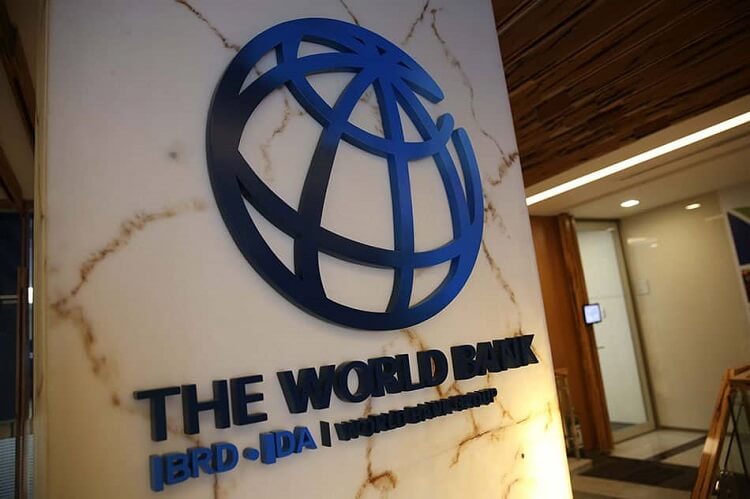Nigeria and 73 other countries’ debt-service payments on their public and publicly guaranteed debt are projected to reach more than $62 billion in 2022, representing 35 percent rise, the World Bank’s new International Debt Report shows.
This, the World Bank said, is one of the highest annual increases of the past two decades.
Advertisement
According to the World Bank, China is expected to account for 66 percent of the debt-service payments to be made by Nigeria and other 73 countries, also known as the World Bank’s International Development Association (IDA) countries, on their official bilateral debt.
African countries account for the majority of the IDA countries. Some of these countries include Benin, Burkina Faso, Burundi, Cameroun, Cape Verde, Central African Republic, ChadDemocratic Republic of Congo, Cote d’Ivoire, Eritrea, Ethiopia, The Gambia, Ghana, Guinea, Guinea-Bissau, Kenya, among others.
Many African countries see China as a good place to access cheap loans, but some experts have warned that these cheap loans are like traps and have consequences if a country defaults.
China is now a leading bilateral lender in at least 32 African countries. Angola, Ethiopia, Kenya, Republic of Congo, Sudan, Zambia, Cameroun, Nigeria, Ghana and Democratic Republic of Congo owe majority of the continent’s debts to China.
Advertisement
Nigeria has obtained 17 Chinese loans to fund different categories of capital projects, and the country will still be servicing the Chinese loans till around 2038, which is the maturity date for some of the loans.
According to the Debt Management Office (DMO) in June 2020, the total borrowing by Nigeria from China as of March 31, 2020, was $3.121 billion (N1,126.68 billion at USD/N361). This represents 3.94 percent of the country’s total public debt of $79.303 billion (N28,628.49 billion at USD/N361).
In terms of external sources of funds, DMO said loans from China accounted for 11.28 percent of the external debt stock of $27.67 billion at the same date, noting that the loans are concessional loans with interest rates of 2.50 percent and has tenor of 20 years and moratorium of seven years.
The World Bank stated that IDA countries now spend over a tenth of their export revenues to service their long-term public and publicly guaranteed external debt. This is the highest proportion since 2000.
“The report highlights rising debt-related risks for all developing economies—low- as well as middle-income economies. At the end of 2021, the external debt of these economies totaled $9 trillion, more than double the amount a decade ago.
Advertisement
“During the same period, the total external debt of IDA countries, meanwhile, nearly tripled to $1 trillion. Rising interest rates and slowing global growth risk tipping a large number of countries into debt crises. About 60 percent of the poorest countries are already at high risk of debt distress or already in distress.
“At the end of 2021, IDA-eligible countries’ debt-service payments on long-term public and publicly guaranteed external debt totaled $46.2 billion—equivalent to 10.3 percent of their exports of goods and services and 1.8 percent of their gross national income (GNI), according to the report.
“Those percentages were up significantly from 2010, when they stood at 3.2 percent and 0.7 percent respectively. In 2022, IDA countries’ debt-service payments on their public and publicly guaranteed debt are projected to rise by 35 percent to more than $62 billion, one of the highest annual increases of the past two decades.
“China is expected to account for 66 percent of the debt-service payments to be made by IDA countries on their official bilateral debt,”the Bank said in a statement on Tuesday.
The statement quoted the World Bank Group President, David Malpass as saying: “The debt crisis facing developing countries has intensified.
“A comprehensive approach is needed to reduce debt, increase transparency, and facilitate swifter restructuring—so countries can focus on spending that supports growth and reduces poverty. Without it, many countries and their governments face a fiscal crisis and political instability, with millions of people falling into poverty.”



